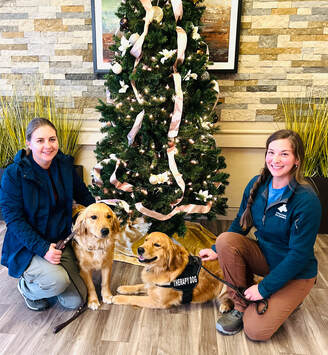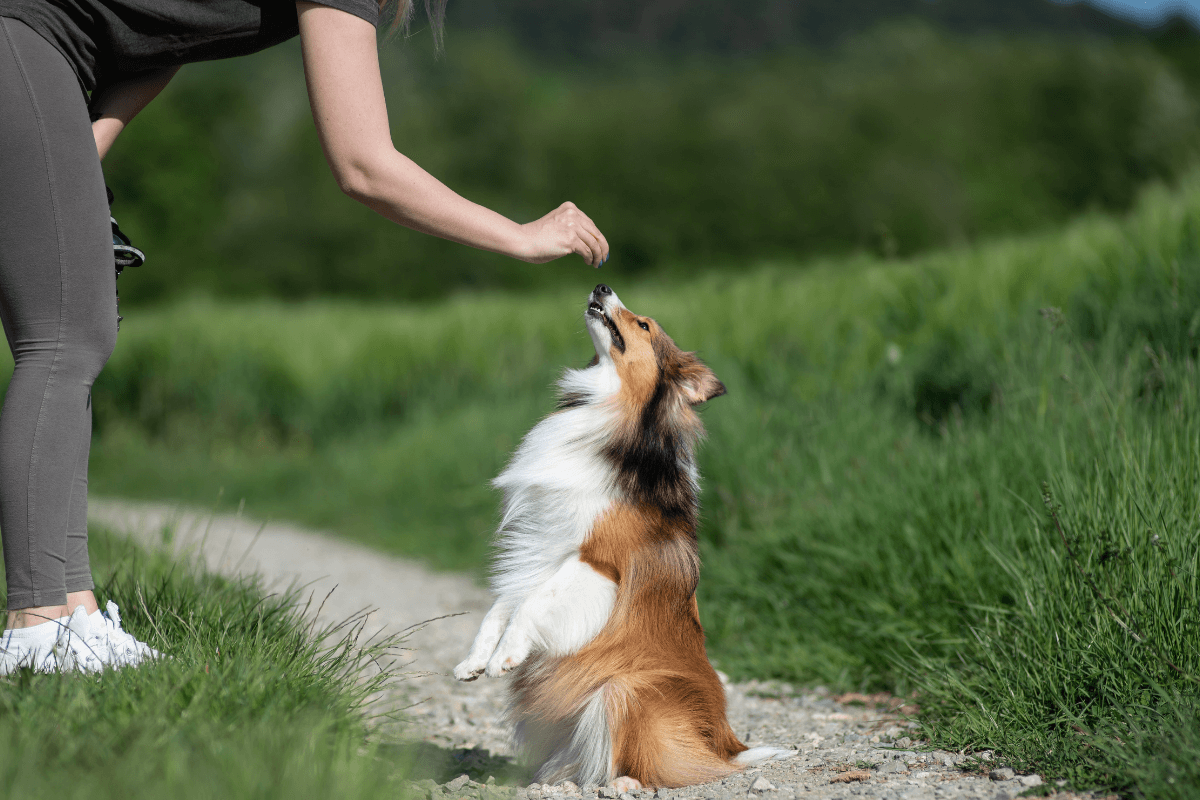Essential Tips for Successful Dog Training: A Guide for Animal Owners
Efficient dog training is a complex process that calls for a calculated method customized to both the family pet's temperament and the owner's goals. Recognizing how to browse these challenges can considerably boost the training experience, eventually changing the connection in between owner and pet.
Comprehending Canine Habits
Comprehending pet behavior is vital for reliable training and cultivating an unified partnership between canines and their owners. dog training. Dogs connect mostly through body language, vocalizations, and activities, making it crucial for proprietors to translate these signals precisely.

Socialization plays a significant duty in dog actions; exposure to different environments, individuals, and other animals can considerably influence a pet dog's personality. Variables such as type attributes and private temperament must direct training methods, as some types may have certain behavioral attributes that necessitate customized methods. By understanding these aspects, owners can develop an encouraging environment that urges positive actions, resulting in successful training end results and a deeper bond with their pet dogs.
Establishing Regular Commands
Efficient interaction with your pet dog starts with establishing regular commands. This foundational component of training is vital for fostering understanding in between you and your pet. Consistency in the commands you make use of makes sure that your dog can dependably link specific words or phrases with the desired habits.
When picking commands, pick clear, unique words that are very easy to say and set apart from one another. Stay clear of using similar-sounding commands that may perplex your dog. Utilizing "rest" and "stay" is ideal, but "sit" and "hit" might lead to misconceptions.
In addition, maintain the exact same tone and volume for every command. Pets are delicate to vocal hints, so differing your tone can produce complication.
It is equally important to make sure that all member of the family get on the same page relating to the commands used. A united front in command use will certainly protect against blended signals and strengthen the knowing procedure.
Positive Support Methods
The power of positive support in canine training lies in its capability to encourage wanted habits through incentives and appreciation. This method is grounded in the concept that behaviors adhered to by positive results are more most likely to be repeated. By including positive reinforcement right into your training regimen, you can properly shape your pet's habits in a useful fashion.
To carry out favorable reinforcement, it's necessary to recognize what inspires your dog, whether it be treats, playthings, or verbal appreciation. When your canine executes a preferred activity, such as resting on command, quickly award them with a reward or love. This association between the command and the positive end result strengthens their understanding.
It's vital to timing the rewards properly; delivering the reinforcement within secs of the wanted behavior assists your dog make the connection (dog training). In addition, uniformity is key-- make sure that all member of the family make use of the very same commands and reward systems to prevent complication

Progressively, you can minimize the frequency of deals with as your dog learns the habits, transitioning to applaud or recurring incentives. This method not only promotes a strong bond between you and your pet dog however also promotes a positive discovering setting, making educating a satisfying experience for both.
Socialization and Communication
Consistently exposing your dog to a variety of settings, individuals, and various other animals is critical for their social advancement. Socializing needs to start early, ideally during the important home window of 3 to 14 weeks, when puppies are most receptive to brand-new experiences. Older pet dogs can likewise benefit from continuous socializing initiatives.
Introduce your canine to different settings, such as parks, pet-friendly shops, and metropolitan areas. This exposure helps them adjust to different stimuli, reducing anxiety and anxiety feedbacks. Motivate positive interactions with other dogs and individuals, making certain that these experiences are risk-free and controlled to foster self-confidence.
Use structured playdates with genteel pets, as this can boost your canine's social abilities and instruct them appropriate actions. Obedience classes and training sessions also supply outstanding opportunities for socialization, enabling your dog to engage with others in a monitored atmosphere.
Monitor your pet's body language throughout interactions, as this will aid you gauge their comfort level. Progressively enhance direct exposure to even more challenging scenarios while making certain that each experience is positive. A well-socialized pet dog is extra likely to display balanced habits, making them a pleasure to have in any setting.
Resolving Common Training Obstacles
Every canine proprietor will certainly encounter training difficulties at some factor, no matter their dog's age or socialization level. Recognizing usual issues such as stubbornness, distractions, and terror can aid in developing effective techniques for enhancement.

Disturbances throughout training sessions can thwart emphasis. To battle this, begin training in a silent environment with minimal stimuli. Gradually introduce distractions as the dog becomes a lot more skillful in commands. Short, constant training sessions are additionally efficient in preserving focus.
Terror can impede a canine's discovering process. Gradual desensitization to the resource of anxiety, combined with positive reinforcement, can help reduce anxiety. Perseverance is vital; never force a pet right into a circumstance that causes distress, as this might intensify the issue.
Eventually, understanding and addressing these usual resource difficulties with a structured strategy will foster an extra effective training experience, strengthening the bond in between canine and proprietor while promoting reliable discovering.
Final Thought
In recap, successful dog training relies upon an extensive understanding of canine habits, the establishment of regular commands, and the application of positive support strategies. Socialization plays a vital role in developing well-adjusted family pets, while addressing common training obstacles needs perseverance and adaptability. By applying these important approaches, animal proprietors can foster a strong bond check out this site with their pets and promote desirable habits, ultimately causing an unified relationship between human beings and their canine companions.
Understanding pet behavior is vital for reliable training and fostering a harmonious connection in between canines and their owners.Socializing plays a substantial role in canine actions; direct exposure to numerous environments, people, and various other pets can dramatically impact a canine's temperament.The power of positive support in canine training lies in its capability to encourage desired behaviors with benefits and appreciation. By integrating positive reinforcement into your training program, site web you can properly form your canine's habits in a useful way.
In summary, successful canine training depends on a detailed understanding of canine habits, the facility of constant commands, and the application of positive reinforcement techniques.